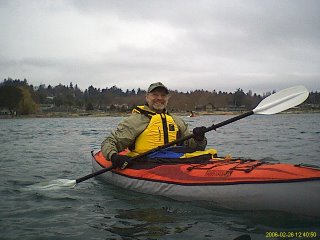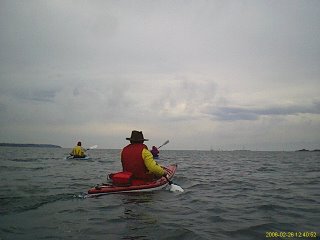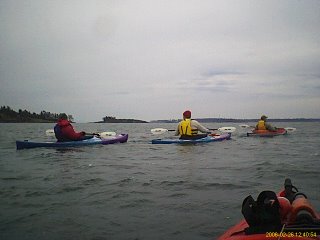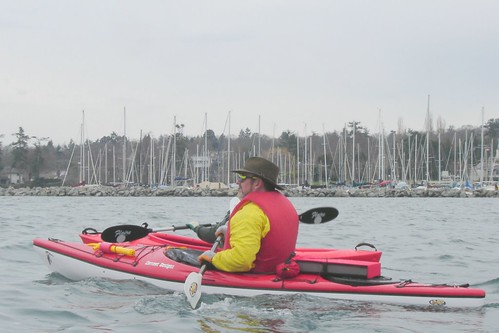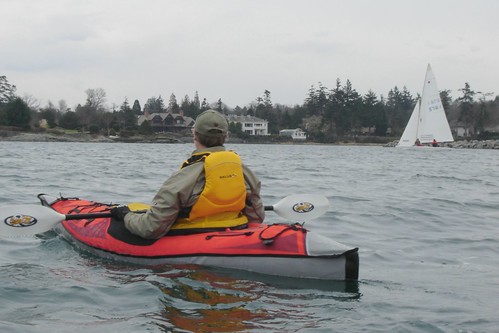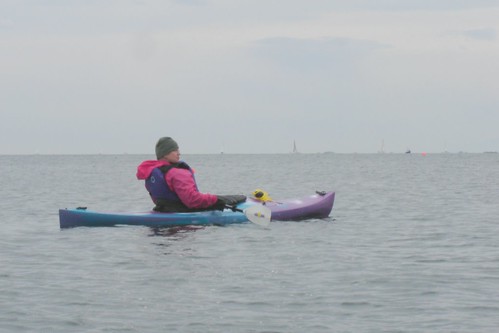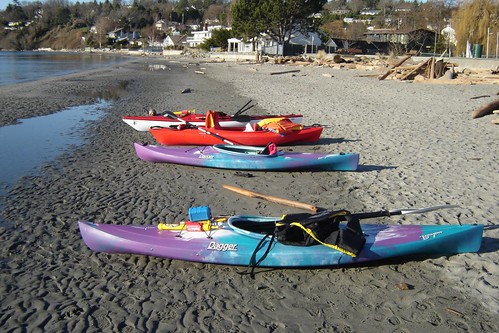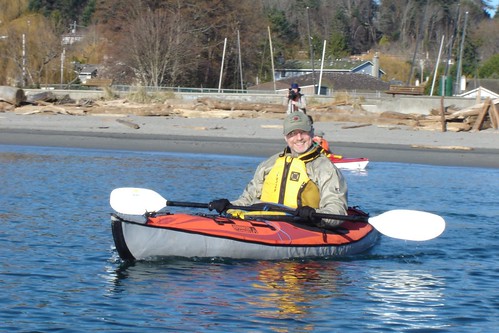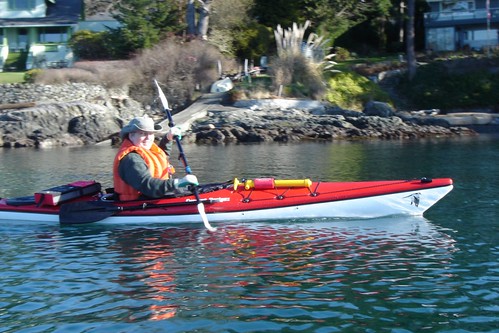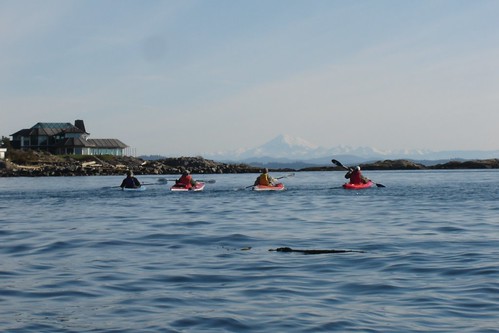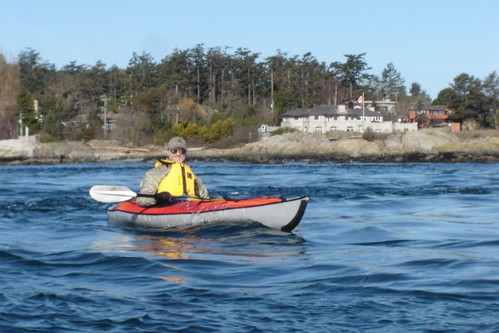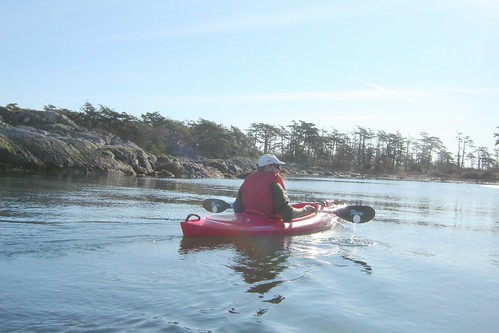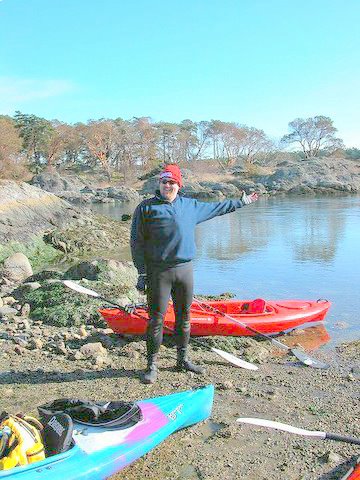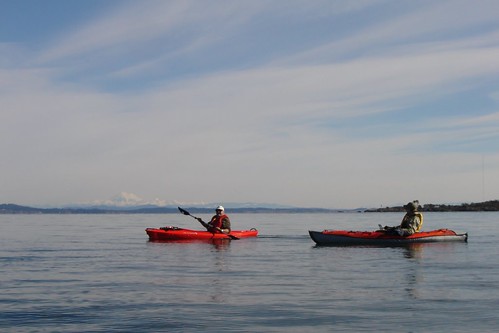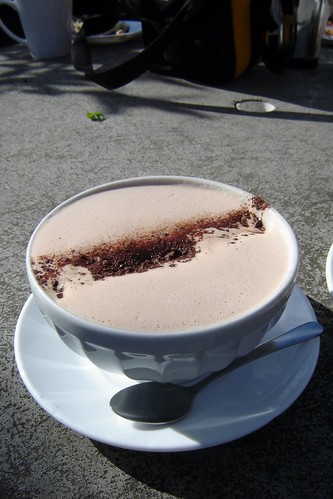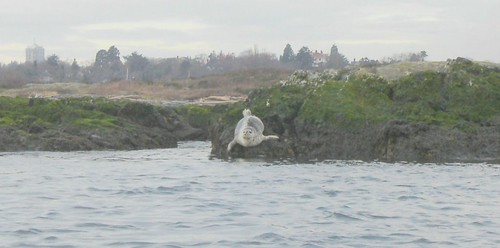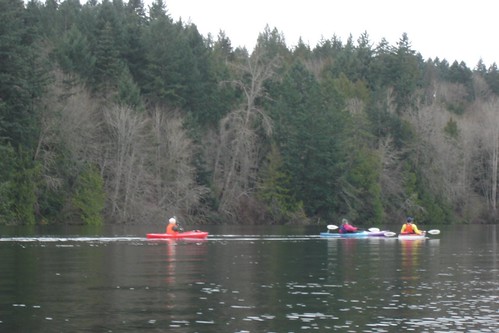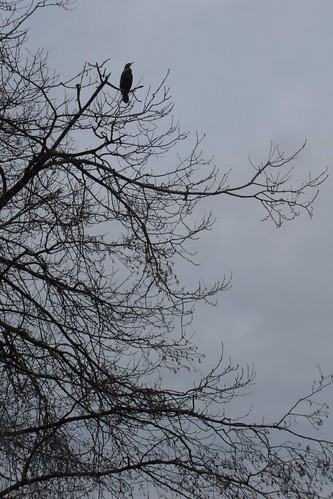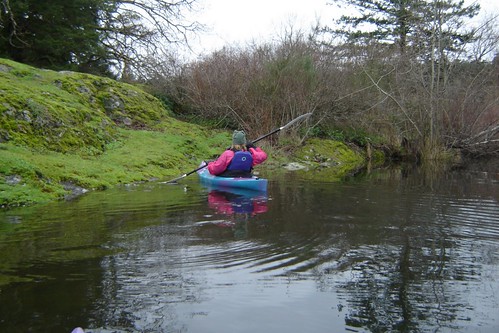Ever notice that you can learn a lot about houses, and the lives of people in them, by walking around a neighbourhood? Well, maybe not your neighbourhood. I’ve visited some places where house after house on road after road is built from the same material, with the same profile, shape and roofline. Clearly they were all built during the same summer. Sometimes I can look down a street and all I’ll see is a series of double garage doors facing the road, and recessed to one side of each garage, a solid front door with a deadbolt lock and a security company’s sticker saying “Armed Response.” It’s like a street where only cars live, and each car is holed up with a gun in case some human opens the door.
Can you blame me if I like better the houses that look like people live there?
Some houses show me what the people who live there do. The house with a basketball hoop out front, the one with a ramp added during a renovation, another with a pear tree trained to cover an east-facing wall – those are homes where people are living. I can guess at what happens there, even if when I walk by, there’s no one out in the yard. And sometimes I can even guess at the interactions between people in neighbouring homes.
There are two homes among many along a certain stretch of waterfront. I went out in my kayak on that calm water, and paddled past one small, homemade dock after another. But two were side by side, and after looking at each for a minute, I could see that something was going on here.
There were two floating docks, ramps and boathouses side by side, almost exactly the same size. The docks and ramps were obviously the oldest parts; it looked like first one had been built and then the other next to it, so each family would have its own dock. Then a small boathouse was built by the first dock, and soon after that, the other boathouse.
Perhaps the second boathouse was a little fancier or more finely made. But the first boathouse was constructed from shiplap siding painted yellow and white in a style similar to the main house, which could just be glimpsed through trees and bushes from the water. The second boathouse was in covered in stucco in a more modern style than its own main house, a style that was already beginning to look dated, like any fashion does after a few years. For instance, the glass panels around the rooftop patio positively signaled “Five Years Ago” as clearly as the two padded lounge chairs.
By comparison, the rooftop patio of the first boathouse was an addition, but one that did complement the original construction. The white picket fence around the little patio matched the garden fence. And while the seating was only cheap, white plastic lawn chairs, there were four of them.
So! Looks like an on-going dialogue here. A pair of neighbouring families, speaking slowly to one another in the pattern language of their construction work. And what have they been saying to one another? Beyond “I am here” or “This is my place” – these two sites have been saying “I use this” and “I fit well here” along with a little bit of “I am spending money on my recreation.”
Hard to tell if this was a discussion or a genteel argument. Was this a friendly contest? It may have been a conscious competition to impress each other as well as make good use of their waterfront properties. Unless I wrangled an invitation from one of them for a backyard barbecue and a cold drink on one of those rooftop patios, there was only one way to know if these neighbours were having fun or keeping up with the Joneses. I’d have to look at their boats.
Each dock had a rowboat turned turtle against its respective boathouse wall, surely the oldest boats. The stuccoed boathouse had a sleek motorboat tied up, and a kayak on the dock, a fibreglass model that looked like it was zooming at top speed while it lay still. The yellow-and-white boathouse had only two kayaks on the dock, made of rotomolded plastic. It was pretty clear who had won the contest of owning the most expensive boats.
But all three boats at the stuccoed boathouse were wrapped in tarpaulins, with a few dry leaves caught in the folds. And when I drifted closer, I could see the two plastic kayaks were wet. It was nine-thirty on a Sunday morning, and these people had already been out paddling and come back in time to get to church. Even their old rowboat looked like it had been moved recently.
Maybe I still don’t know for sure who won the contest of having more fun. What do I know? I laid my kayak (ten feet long, plastic) on the shore next to other boats (fifteen feet long, fibreglass and handmade wood) brought by other people come to enjoy this shoreline park. I envied their boats. They envied my three outings earlier that week. Even the finest boat of all can only take you somewhere when it’s in the water.
It is a fine thing, to own a good boat and to own a good place where you can enjoy your time. But it is even better to put the boat you have into the water, and to share your time with friends.

